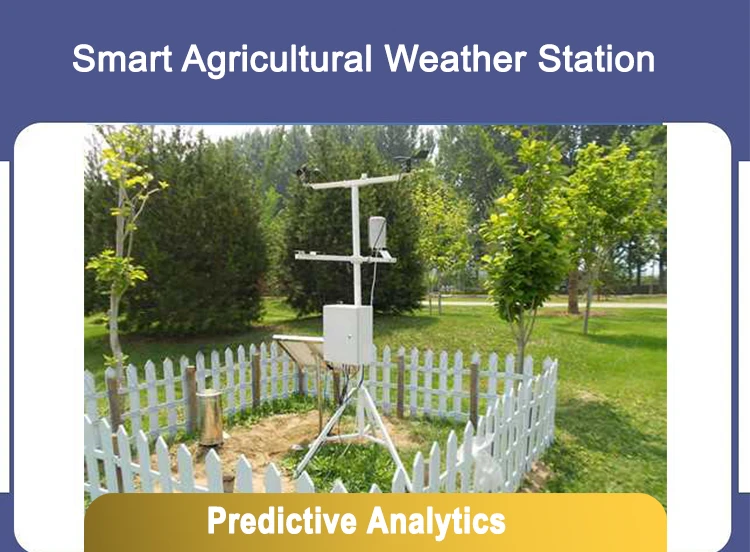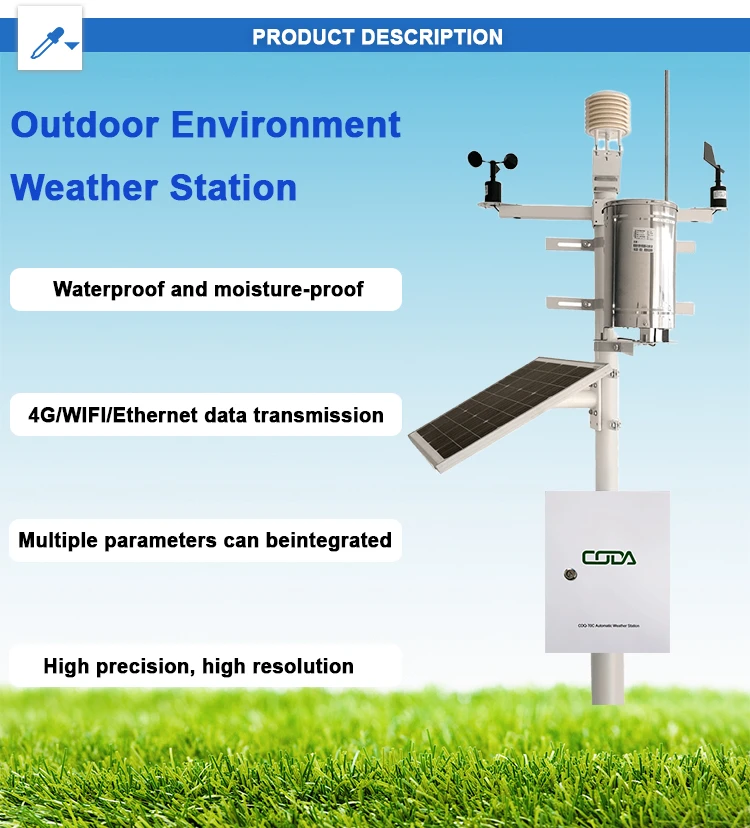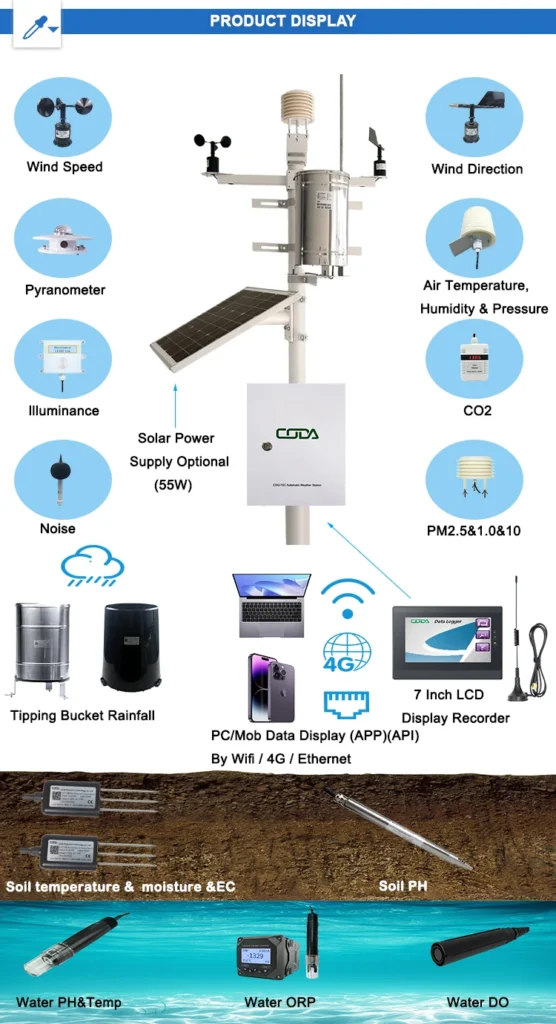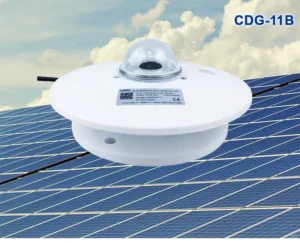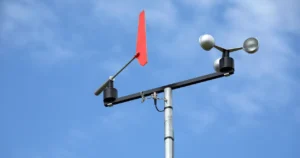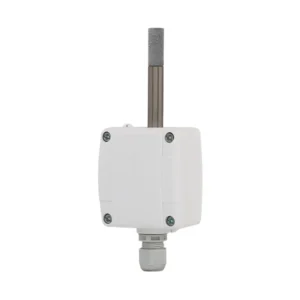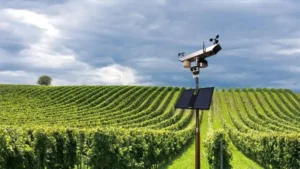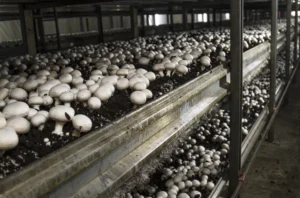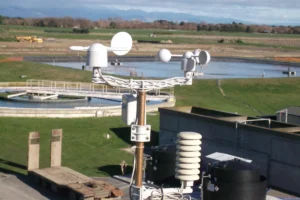The future of agrometeorological stations
Crop growth is inherently tied to meteorological conditions, with factors such as temperature, light, and humidity significantly influencing crop development. Agrometeorological stations are important for monitoring weather conditions. They give farmers useful information through data shown on easy-to-read screens.
Modern agrometeorological stations offer comprehensive monitoring capabilities, including air temperature, relative humidity, rainfall, wind speed and direction, light intensity, and more. These metrics are vital in guiding agricultural practices and enhancing crop productivity.
What is an agrometeorological station?
An agrometeorological station is purpose-built to observe, measure, analyze, and forecast meteorological variables specific to agricultural needs. It fulfills critical roles across various domains:
1. **Agricultural Production Management**:
Agrometeorological stations provide real-time weather data. This helps farmers plan when to plant, irrigate, apply fertilizer, and control pests. This helps maximize crop yields and ensures quality produce.
2.**Disaster Preparedness**:
These stations watch changing weather patterns. They predict natural events like heavy rain, droughts, or frost. With timely warning systems in place, farmers can undertake precautions to mitigate potential crop damage.
3. **Resource Optimization**:
Beyond weather monitoring, agrometeorological stations provide critical insights into soil moisture content, evaporation rates, and water usage. This information facilitates sustainable water management practices, irrigation planning, and conservation efforts.
4. **Strategic Decision-Making**:
Farmers can use weather data and statistics to choose the best crop types. They can also find the right times to plant and the best fertilization methods based on this information.
Key advancements shaping the future of agrometeorological stations:
With ongoing technological leaps and the rise of agricultural intelligence, the evolution of agrometeorological stations is expected to align with the following innovations:
– **Precision Monitoring**:
These stations use advanced sensor technology and data collection systems. They provide better observations of the environment for specific farmlands and crop growth stages. Accurate meteorological insights will support better farming practices.
– **Advanced Prediction & Early Warnings**:
Integrating artificial intelligence (AI) and big data analytics will elevate the forecasting capabilities of these stations. Proactive disaster predictions and detailed weather forecasts will enable smarter agricultural decision-making processes.
– **Data Integration & Agricultural Cloud Platforms**:
Developing centralized systems for sharing meteorological data across multiple stations will empower farmers, researchers, and policymakers alike. These platforms could enrich agricultural services by combining meteorological data with broader environmental and agricultural datasets.
– **Smart Agricultural Applications**:
Merging agrometeorology with advanced technologies like the Internet of Things (IoT), drones, and satellite remote sensing will drive intelligent agricultural management. Such systems will enhance crop yields while minimizing resource waste and reducing environmental impact.
The importance of specialized climate monitoring is growing alongside the shift towards refined farming methods. Agrometeorological stations are increasingly integral to sustainable agriculture practices across production bases, family farms, and agricultural parks. Their utilization promotes safe farming practices while advancing quality-focused agriculture.
In essence, the continuous evolution of agrometeorological stations promises greater precision and intelligence in agricultural processes. These advancements will help sustainable farming. They will also address global food security challenges. This will promote efficient and eco-friendly agricultural development.
